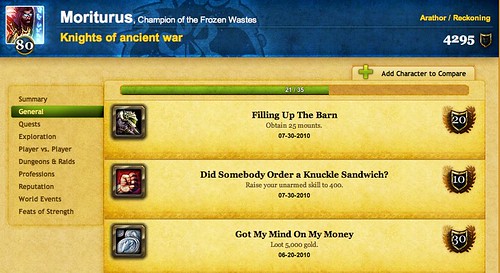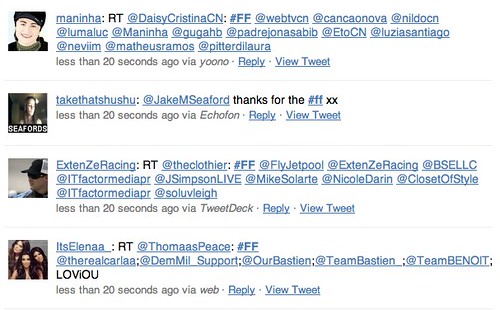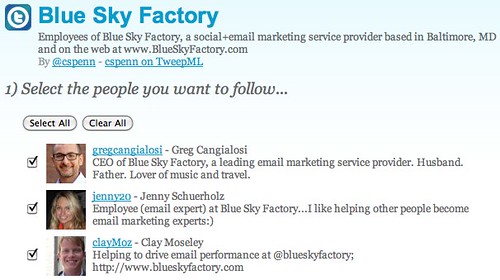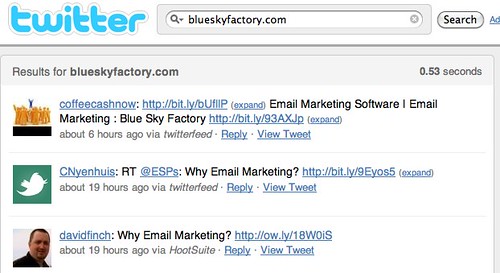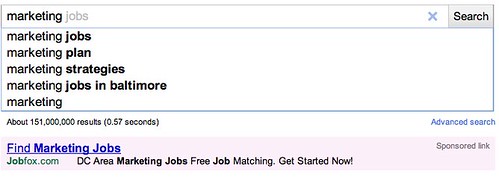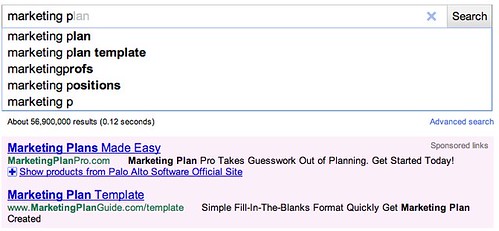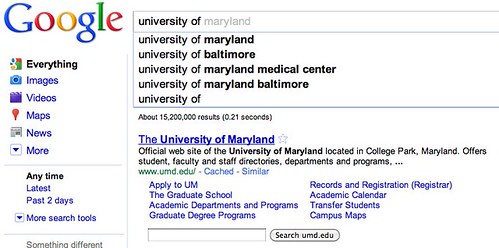Reprinted with permission from J. Michael Straczynski, Amazing Spiderman 36
We interrupt our regularly scheduled program to bring you the following special bulletin.
Longitude: 74 degrees, 0 minutes, 23 seconds West.
Latitude: 40 degrees, 42 minutes, 51 seconds North.
Follow the sound of sirens.
Some things are beyond words.
Beyond comprehension.
Beyond forgiveness.
The questions come:
How could you let this happen?
Why didn’t you know this was coming?
How do you say we didn’t know? We couldn’t know.
We couldn’t imagine.
Only madmen could contain the thought, execute the act, fly the planes.
Even those we thought our enemies are moved. Because some things surpass rivalries and borders.
Because the story of humanity is written not in towers but in tears.
In the common coin of blood and bone.
In the voice that speaks within even the worst of us, and says
This is not right.
Also here are those who face fire without fear or armor.
Those who step into the darkness without assurances of ever walking out again, because they know there are others waiting in the dark.
Awaiting salvation.
Awaiting word.
Awaiting justice.
Ordinary men.
Ordinary women.
Made extraordinary by acts of compassion.
And courage.
And terrible sacrifice.
“We’ve voted, and we’re going to try to take the plane.
It’s the only way to stop them hitting Washington.
I love you.”
Ordinary men.
Ordinary women.
Refusing to surrender.
Ordinary men.
Ordinary women.
Refusing to accept the self-serving proclamations of holy warriors of every stripe, who announce that somehow we had this coming.
…probably what we deserve….
All of them who have tried to secularize America…the pagans and the abortionists and the feminists and the gays and the lesbians and the ACLU…. I point the finger in their face and I say, “You helped this happen.” – Jerry Falwell
— it is God’s will that America should fall through their iniquity and their sin – Osama bin Laden
We reject them both in the knowledge that our tragedy is greater than the sum of our transgressions.
Bodies in freefall on the evening news.
Madness in mosques, shouting down fourteen centuries of earnest prayers, forgetting the lessons of crusades past:
That the most harmed are the least deserving.
There are no words.
There are no words.
The death of innocents and the death of innocence.
Rage compounded upon rage. Rage enough to blot out the sun.
And the air still filled with questions.
Is it going to happen again?
What do I tell my children?
Why did this happen?
What do we tell the children?
Do we tell them the evil is a foreign face?
No. The evil is the thought behind the face, and it can look just like yours.
Do we tell them evil is tangible, with defined borders and names and geometries and destinies?
No. They will have nightmares enough.
Perhaps we tell them that we are sorry.
Sorry that we were not able to deliver unto them the world we wished them to have.
That our eagerness to shout is not the equal of our willingness to listen.
That the burdens of distant people are the responsibility of all men and women of conscience, or their burdens will one day become our tragedy.
Or perhaps we simply tell them that we love them, and that we will protect them. That we would give our lives for theirs and do it gladly, so great is the burden of our love.
In a universe of Gameboys and VCRs, it is, perhaps, an insubstantial gift. But it is the only one that will wash away the tears and knit the wounds and make the world a sane place to live in.
We could not see it coming. No one could. We could not stop it. No one could.
But we are still here. With you.
Today. Tomorrow. And the day after.
We live in each blow you strike for infinite justice, but always in the hope of infinite wisdom.
Because we live as well in the quiet turning of your considered conscience.
The voice that says all wars have innocents.
The voice that says you are a kind and a merciful people.
The voice that says do not do as they do, or the war is lost before it is even begun.
Do not let that knowledge be washed away in blood.
When you move, we will move with you. Where you go, we will go with you.
Where you are, we are in you.
Because the future belongs to ordinary men and ordinary women, and that future must be built free of such acts as these, must be fought for and renewed like fresh water.
Because a message must be sent to those who mistake compassion for weakness. A message sent across six thousand years of recorded blood and struggle.
And the message is this:
Whatever our history, whatever the root of our surnames, we remain a good and decent people, and we do not bow down and we do not give up.
The fire of the human spirit cannot be quenched by bomb blasts or body counts.
Cannot be intimidated forever into silence or drowned by tears.
We have endured worse before; we will bear this burden and all that come after, because that’s what ordinary men and women do. We persevere.
No matter what.
This has not weakened us.
It has only made us stronger.
In recent years we as a people have been tribalized and factionalized by a thousand casual unkindnesses.
But in this we are one.
Flags sprout in uncommon places, the ground made fertile by tears and shared resolve.
We have become one in our grief.
We are now one in our determination.
One as we recover.
One as we rebuild.
You wanted to send a message, and in so doing you awakened us from our self involvement.
Message received.
Look for your reply in the thunder.
In such days as these are heroes born. The true heroes of the twenty-first century.
You, the human being singular.
You, who are nobler than you know and stronger than you think.
You, the heroes of this moment chosen out of history.
We stand blinded by the light of your unbroken will. Before that light, no darkness can prevail.
They knocked down two tall towers. In their memory, draft a covenant with your conscience, that we will create a world in which such things need not occur.
A world which will not require apologies to children, but also a world whose roads are not paved with the husks of their inalienable rights.
They knocked down two tall towers. Graft now their echo onto your spine.
Become girders and glass, stone and steel, so that when the world sees you, it sees them.
And stand tall.
Stand tall.
Stand tall.
Reprinted with permission from J. Michael Straczynski, Amazing Spiderman 36
Did you enjoy this blog post? If so, please subscribe right now!



Get this and other great articles from the source at www.ChristopherSPenn.com! Want to take your conference or event to the next level? Book me to speak and get the same quality information on stage as you do on this blog.




